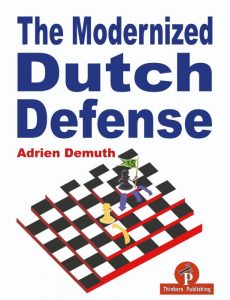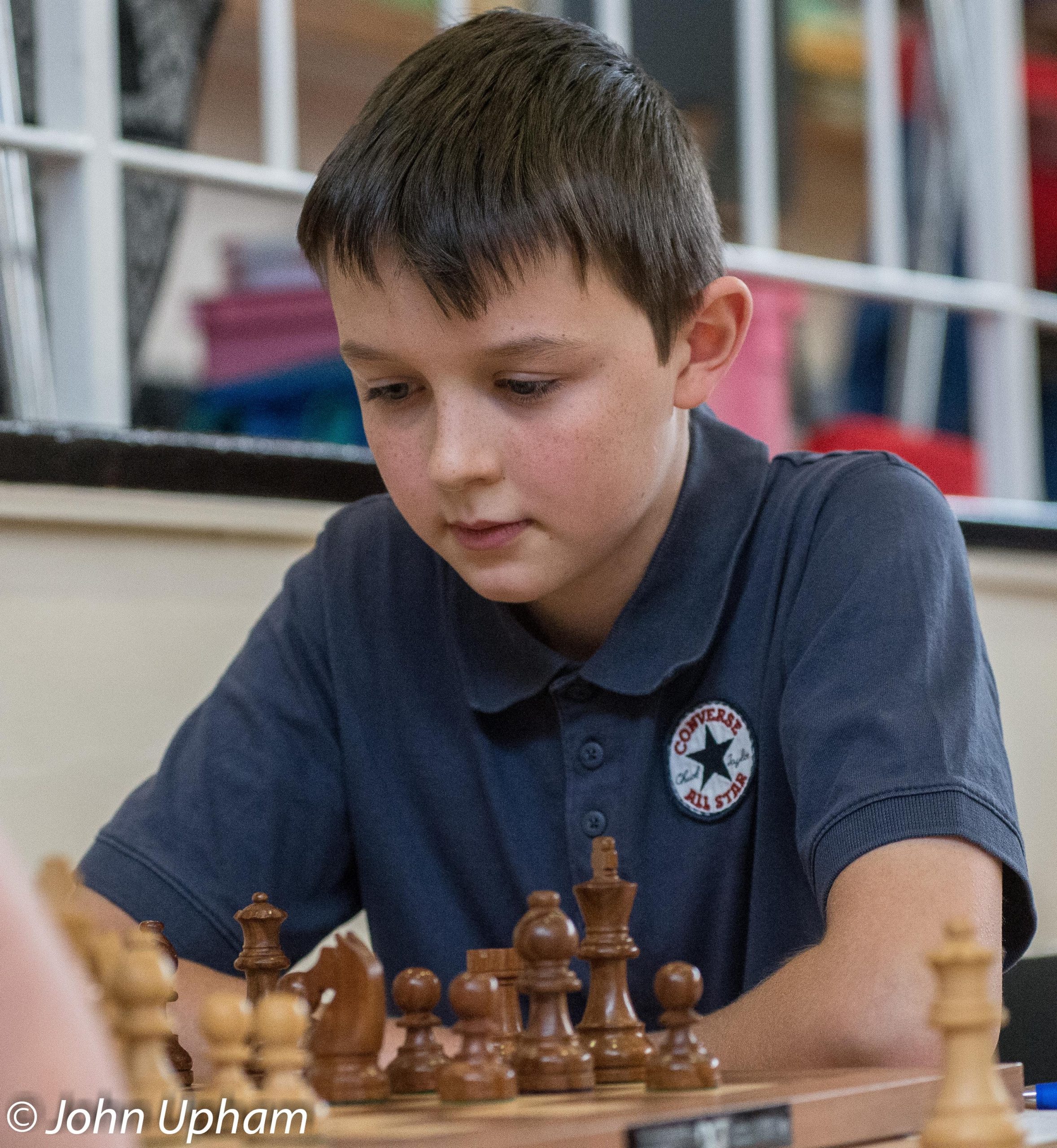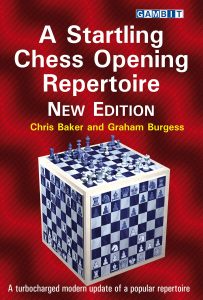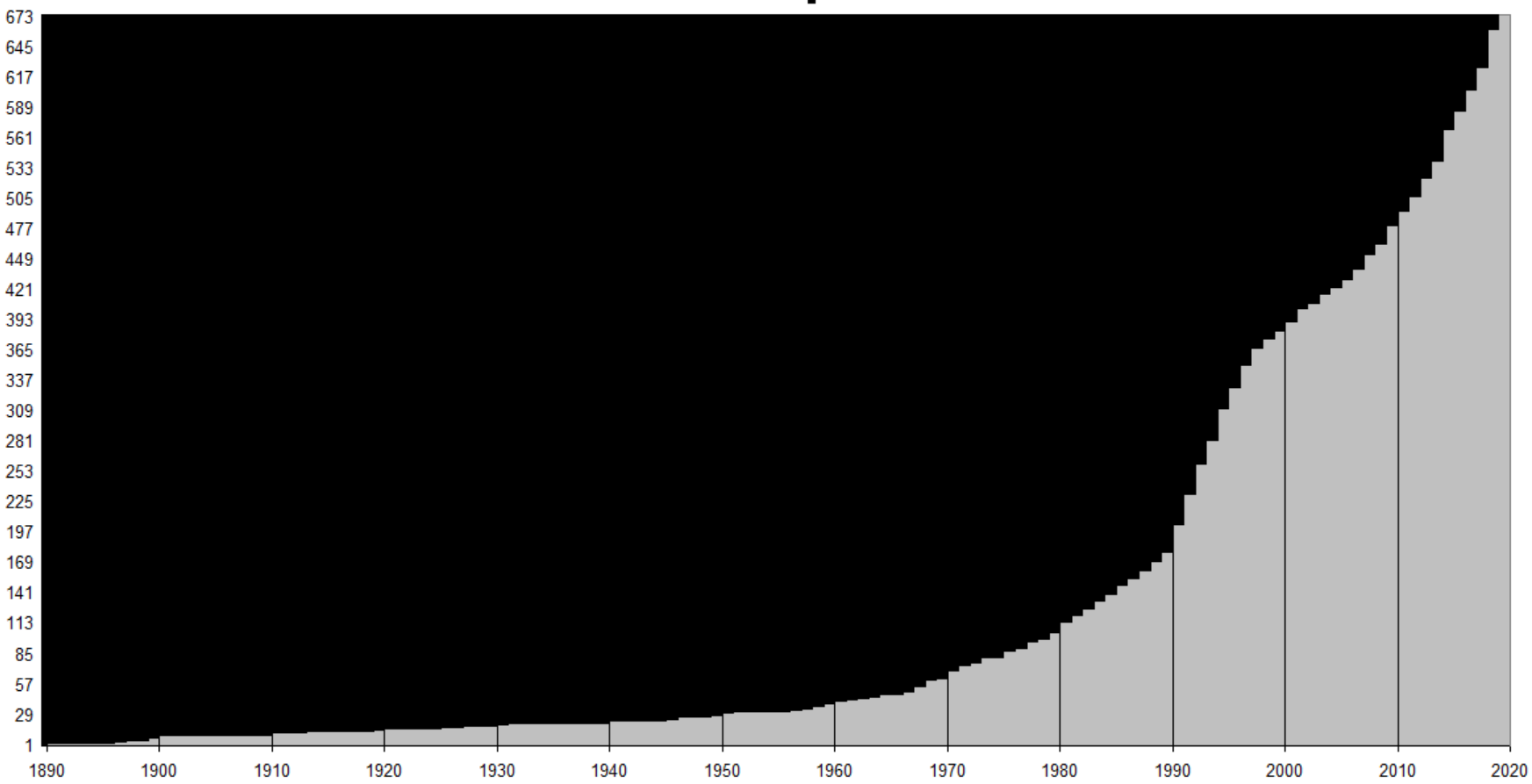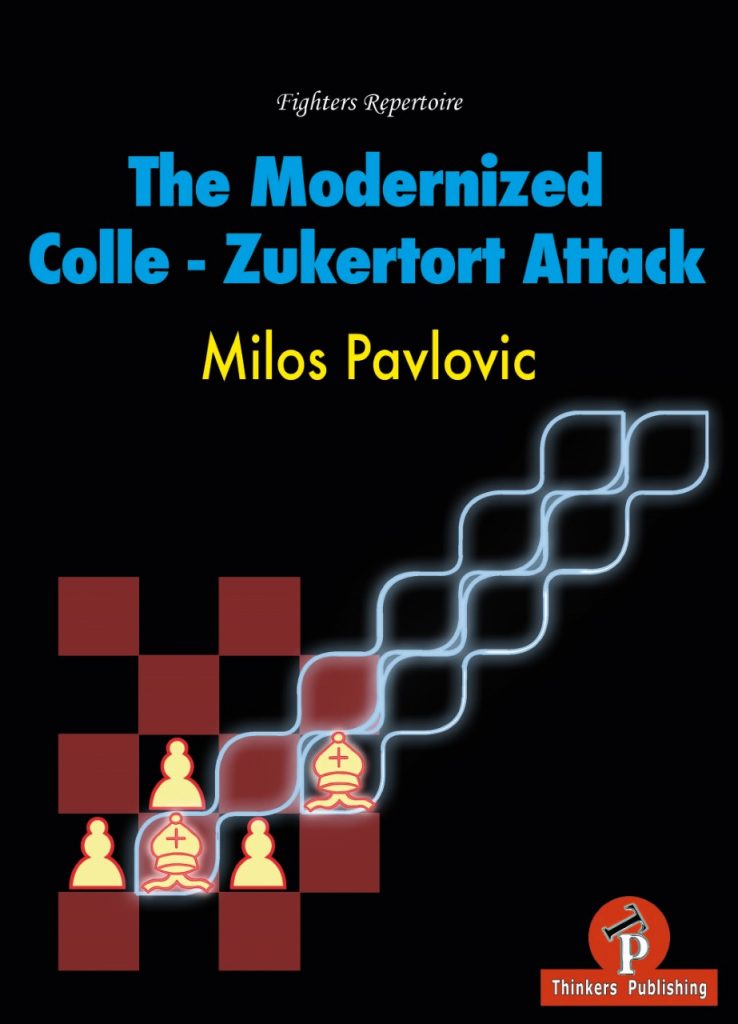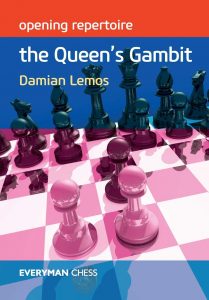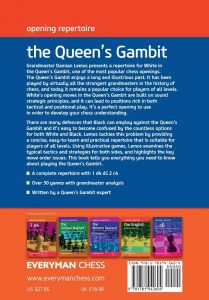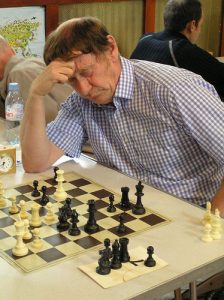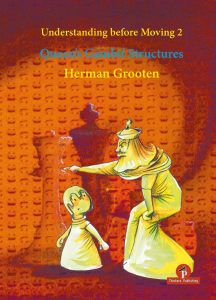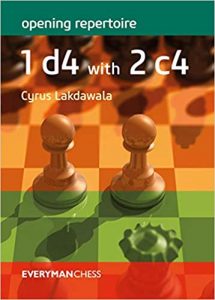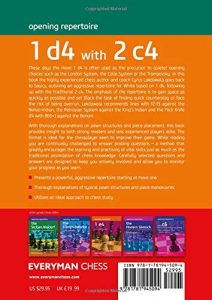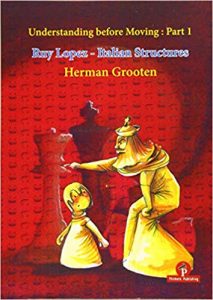The Modernised Dutch Defense : Adrien Demuth
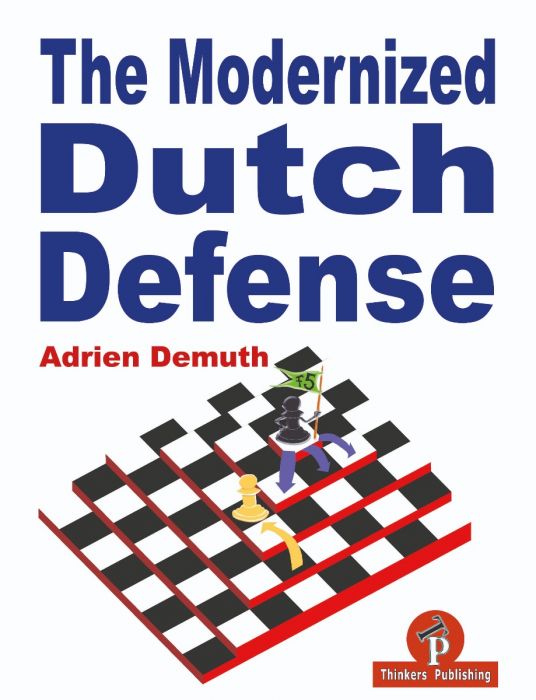
Adrien Demuth is a French chess grandmaster. Born in 1991, Demuth earned his international master title in 2011 and his grandmaster title in 2015. He is the No. 14 ranked French player as of March 2018.

This is his second title in the “Modernized” series from Thinkers Publishing, and like his previous book The Modernized Reti, this is a complete repertoire book providing a complete repertoire for black based around the Leningrad variation (2 …g6) against 1.d4 but also against 1.c4 & 1.Nf3. The Dutch Defence leads to dynamic and unbalanced positions which is ideally suited to players who want to play for a win with the black pieces.
The author is a recent convert to the Dutch defence and he describes how he took up the opening and had the confidence to use it in crucial games. And although the author now days prefers to play more positional openings he still retains the Dutch Defence in his repertoire.
The material is presented in three sections:
Part 1 – Early Sidelines after 1.d4 f5 (184 pages)
- The Staunton Gambit
- The System with 2.Nc3
- The Goring Attack 2.Bg5
- Minor Lines on the Second Move
- Systems including an early c3 and or Nh3
Part 2 – Classical Systems (210 pages)
- Sidelines for White on Move Three
- Lines with an early b4
- Systems with b3
- The aggressive 2.c4 Nf6 3.Nc3
- The Classical Leningrad
Part 3 – Reti and English Move Orders (69 pages)
- The Leningrad Dutch versus the Reti
- The Leningrad Dutch versus the Engish
Like all the previous Thinkers Publishing books I have reviewed the production quality is excellent. The layout of this book reminds me of the Batsford Series of opening books that many older readers will remember as the material is presented as a series of variations without any illustrative games. The focus is exclusively on the opening phase with no mention of middlegame plans or typical pawn structures. All the games referenced in the book recent, within the last 5 years and the author provides a lot of interesting novelties backed up by his own analysis.
In part 1 the author provided a very detailed coverage of all the varied sidelines and gambits where black opts to play the Leningrad with 2..g6 rather than the Classical move order 2…e6. This is an important consideration in Chapter 3 as the author recommends the lines with 2…g6 rather than the topical 2….h6 against 2.Bg5. Also there are a number of tricky lines in chapter 5 where white plays c3 & Qb3 to prevent black from castling or where white plays an early h4.
Part 2 contains the main lines of the Leningrad Dutch and covers all of whites main options as well as the various lines where white plays the plays Bf4 which is very popular nowdays. One criticism that I do have in this section concerns the layout for Chapter 10 on p336 which doesn’t follow previous layout of chapters and perhaps the material should have been be split into two chapters covering the main lines and sidelines separately. Also there are several move order transpositions that can occur where white plays b3 or b4 in the main lines. However this does not detract from the content but the book would have benefitted from some more thorough proof reading.
Part 3 covers the reply 1…f5 against 1.Nf3 and 1.c4. The second chapter covers blacks responses to all of whites options where white omits playing d4,
One of the problems black players have when facing 1.d4 is that in most openings that white can play have a number of safe drawing lines that make it very difficult to play for a win against or unambitious lines where white can easily play for a small edge. However those options are not available against the Dutch defence. There are of course a number of gambits and aggressive lines that are available to white however if you are well prepared then you can enter these lines with confidence.
The bibliography is up to date and the oldest reference is 2014.
In summary this is an excellent book providing a complete repertoire for black against 1.d4, 1.Nf3 & 1.c4 It contains a lot of original analysis and sound recommendations. Although this opening may not be considered to be totally sound at GM level it is perfectly playable at Club level. I do have a number of (minor) criticisms of this book, perhaps the author could have provided a better explanation of the move order transpositions that can occur in the main lines and there are no illustrative games in the book. Also as with all Thinkers Publishing books I have reviewed there is no index of variations. But overall this would not stop me recommending the book if you want to take up the opening or of you already play the Dutch and wanted to add it to your library.
Tony Williams, January 5 2020

Book Details :
- Paperback : 347 pages
- Publisher: Thinkers Publishing; 1 edition (22 Sept. 2019)
- Language: English
- ISBN-10: 9492510553
- ISBN-13: 978-9492510556
- Product Dimensions: 17.1 x 3.2 x 23.5 cm
Official web site of Thinkers Publishing
